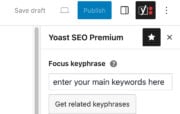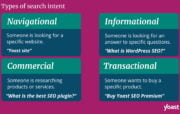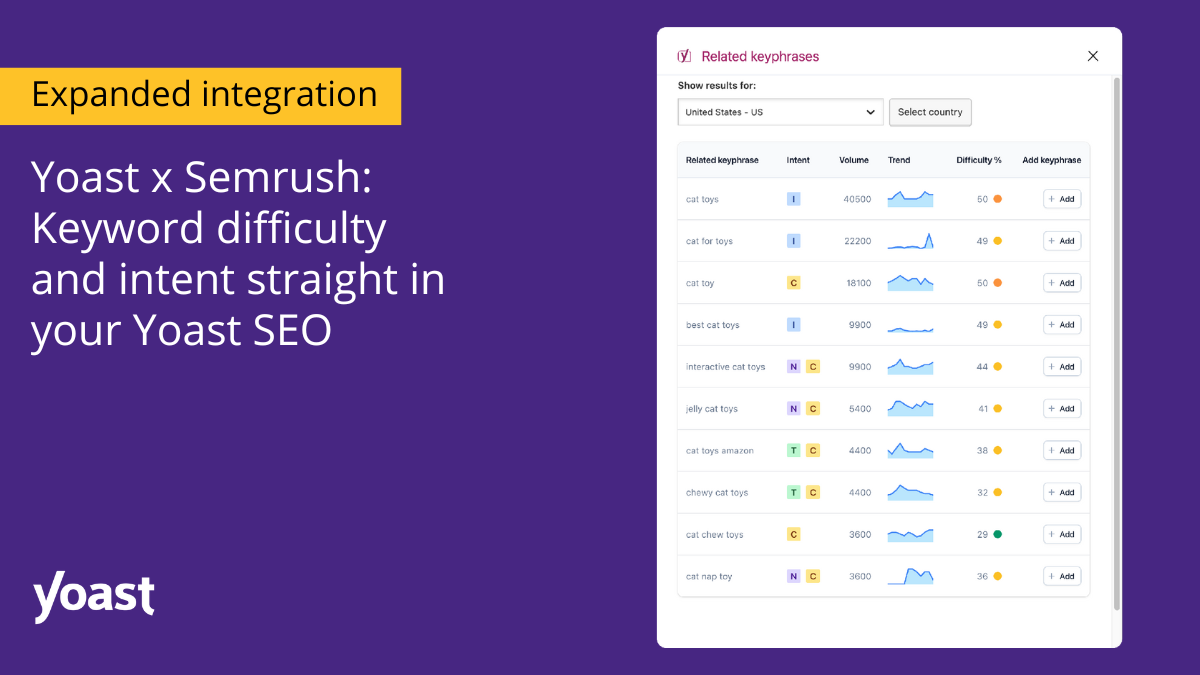Local newspapers will link to anything. Seriously.
Did you run the numbers and find that people in their state pay more lifetime tax than anyone else?
They’ll cover it:
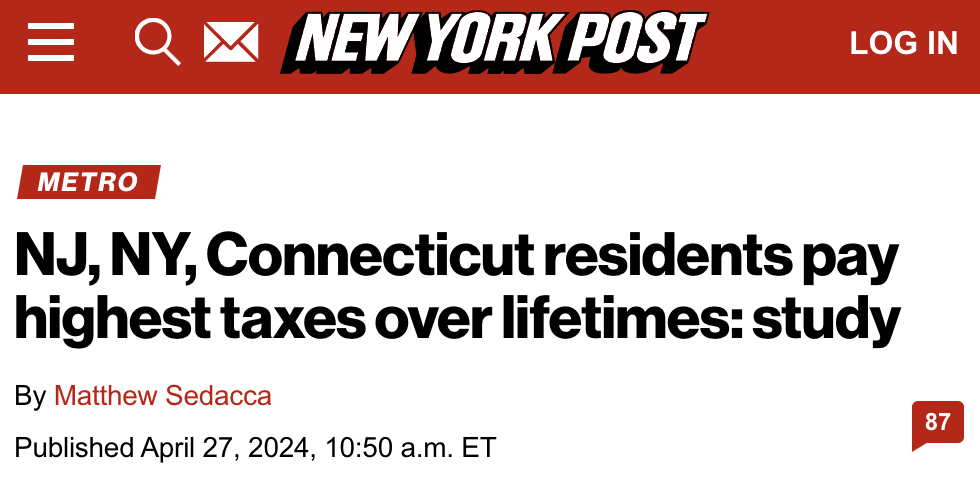
Did you find that their city has the worst train delays in the whole country?
Yep, they’ll cover it:
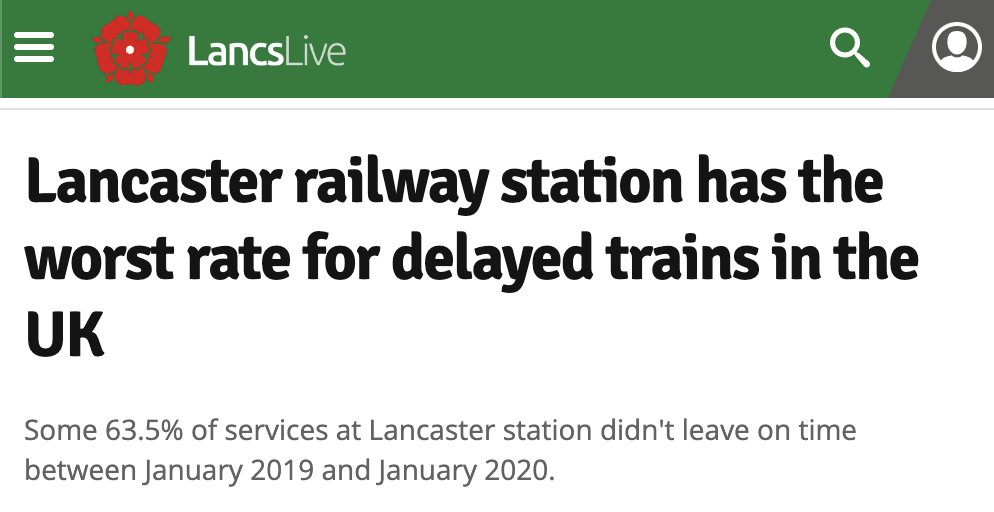
Even if your data point is quite unimpressive, like their city ranking 37th best for millennials (what does that even mean?), it seems they’ll still cover it:

In fact, judging by the backlinks to many of these campaigns, local tabloid journalists love to compare how their area stacks up when it comes to… well, just about anything.
Even this piece about cities with the longest driving test wait times in the UK racked up links from 58 referring domains—with most coming from local newspapers:
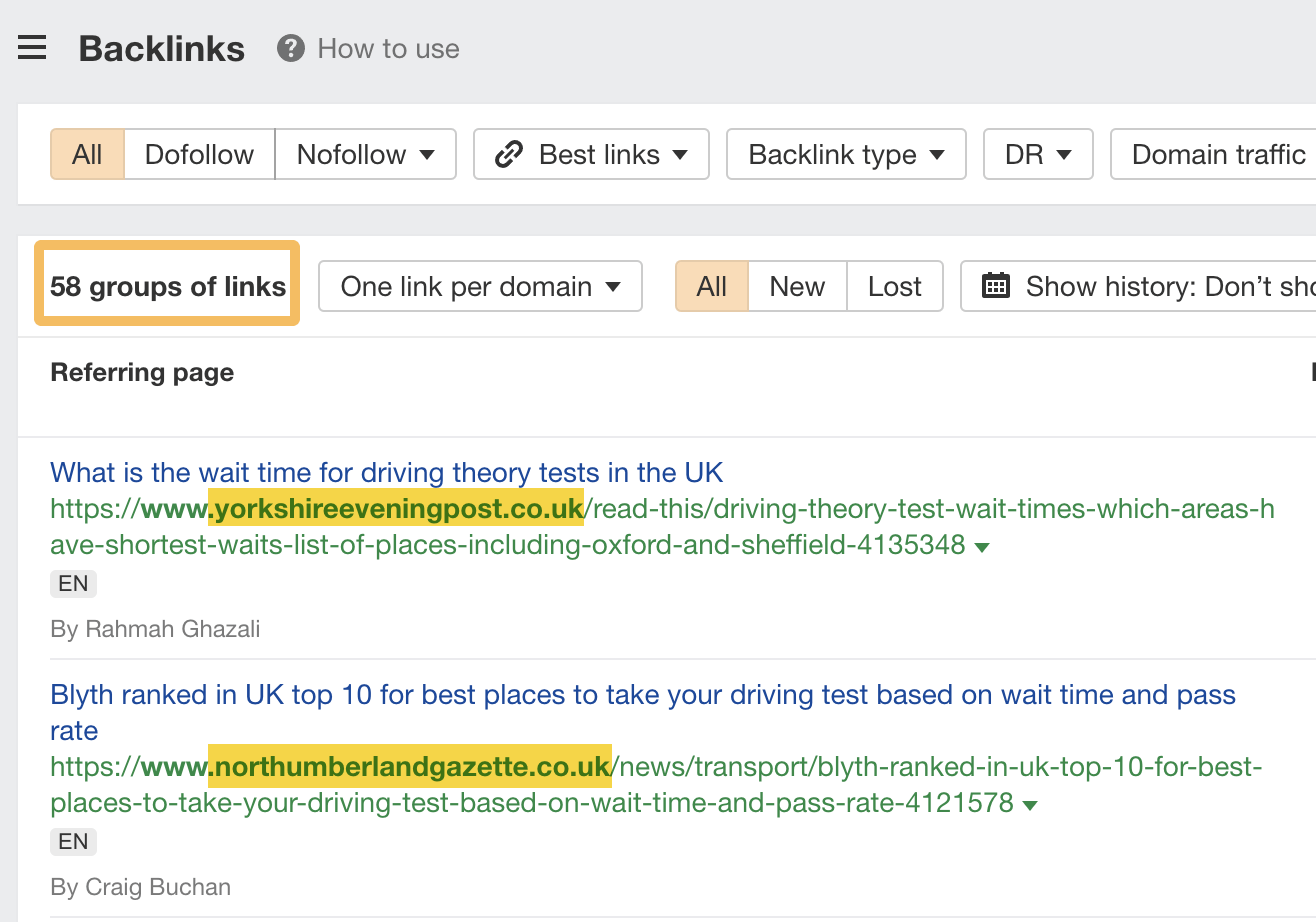
How can you take advantage of this fact to earn links? By using what I like to call the tabloid technique.
Building links with the tabloid technique is a three-step process:
- Find a newsworthy topic
- Pull local data about it
- Send it to local journalists
Let’s be real: this is the hardest part. If ideas that resonate with local journalists were so easy to come by, we’d all be launching hit PR campaign after hit PR campaign…
That said, the topics of most successful ideas I’ve seen seem to fit into one of two buckets:
- Evergreen topics. Taxes, potholes—things locals always care about that also have the potential to get them a little riled up.
- Trending topics. Local elections, seasonal events—things people are interested in right now that local journalists are desperate to cover.
Here are a few more ideas for evergreen topics, courtesy of ChatGPT:

You can also use Content Explorer to find well-performing campaigns about evergreen topics and take inspiration from them.
For example, if you search for pages about “tax” and filter for those with links from 100+ referring domains, this list of countries where you have to pay tourist tax pops up:

My guess is that if you mapped the countries with the least and most expensive “tourist taxes” and reached out to journalists in each country, you’d get some coverage.
If you’re looking for trending topics, Google Trends and Google News are good sources.
We use lots of techniques from monitoring news sources in real time to conducting research with Google News to understand the types of topics that have been previously covered at specific times of year.
You can also use the Growth metric in Ahrefs’ Keywords Explorer to find trending topics.
For example, let’s search for a boring topic like “food” in the UK, set the growth period to the last three months, and sort from highest to lowest. Immediately, a trending topic stands out: searches related to Christmas food in various UK supermarkets:

It doesn’t take a genius to start coming up with potential local campaigns here:
- Compare how much the average family will spend on Christmas food in different parts of the UK
- Compare the most popular Christmas foods in different parts of the UK.
- Compare how many families will be relying on food banks for Christmas dinner in different parts of the UK. (Grim topic, I know, but highlighting societal issues like this is kind of the point of journalism!)
And before you think “but Josh… I’m not that creative!”… the truth is that ChatGPT came up with all of those ideas:

My advice here is to brainstorm as many ideas as possible and get the whole team involved. Even if an idea sounds terrible, write it down. The more ideas you have, the higher the chance of there being a hit or two in there!
Having an idea is great, but what unique data can you pull about it? And where from?
Matt Diggity recently shared some good sources with me:
For government databases you have usa.gov for the states. Data.gov is another alternative. UK Data Service is the equivalent for the UK. Eurostat is great for other countries in the EU. And Statistics Canada is for… yeah, Canada. Internationally, World Bank Open Data and United Nations Data are treasure troves. Pew Research Center is great for social issues, public opinion, and demographic trends. FBI Crime Data Explorer is great for crime stats. And the CDC is great for health data.
Take this campaign from the folks over at Digitaloft, for example. They pulled data from the UK Driver and Vehicle Licensing Agency (DVLA) to find out which areas of the UK have the shortest wait times for driving tests, and which have the highest pass rates:
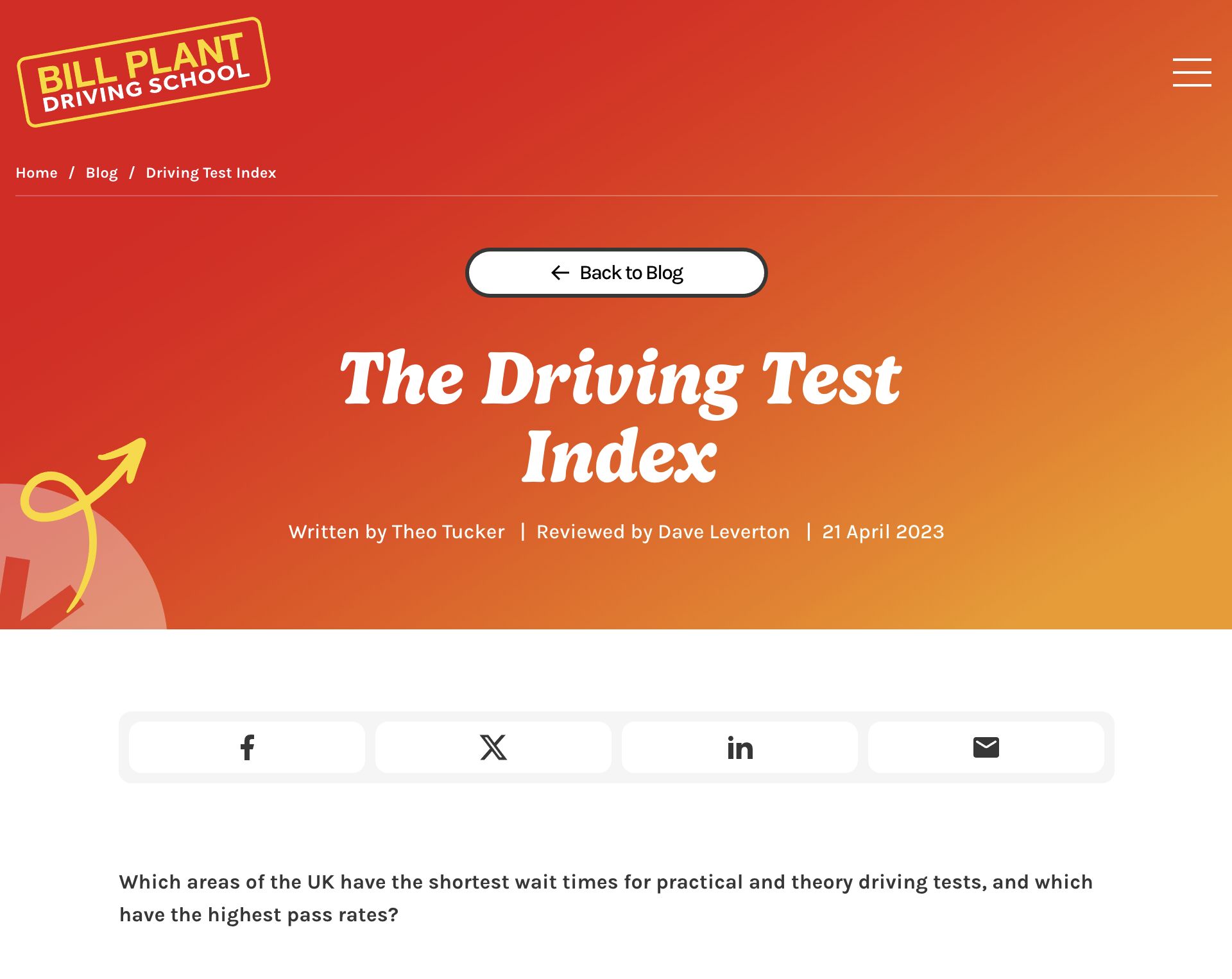
This campaign earned backlinks from 59 websites…

… including many local newspapers:

You can even merge data from multiple sources…
This is exactly what Darren Kingman did to create this campaign mapping lifetime tax paid in each US state (check the methodology section for his sources):
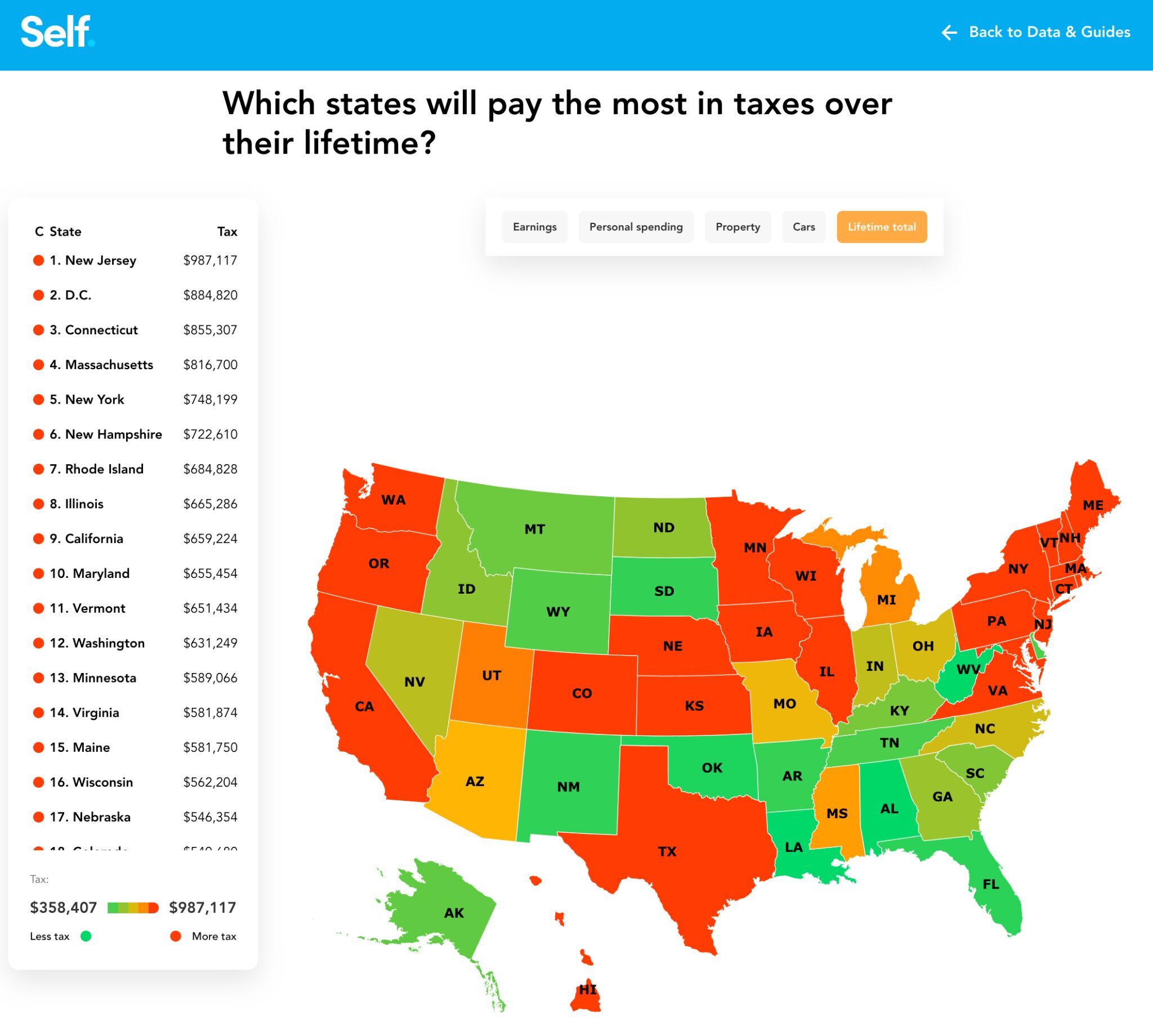
This campaign earned links from 188 websites:
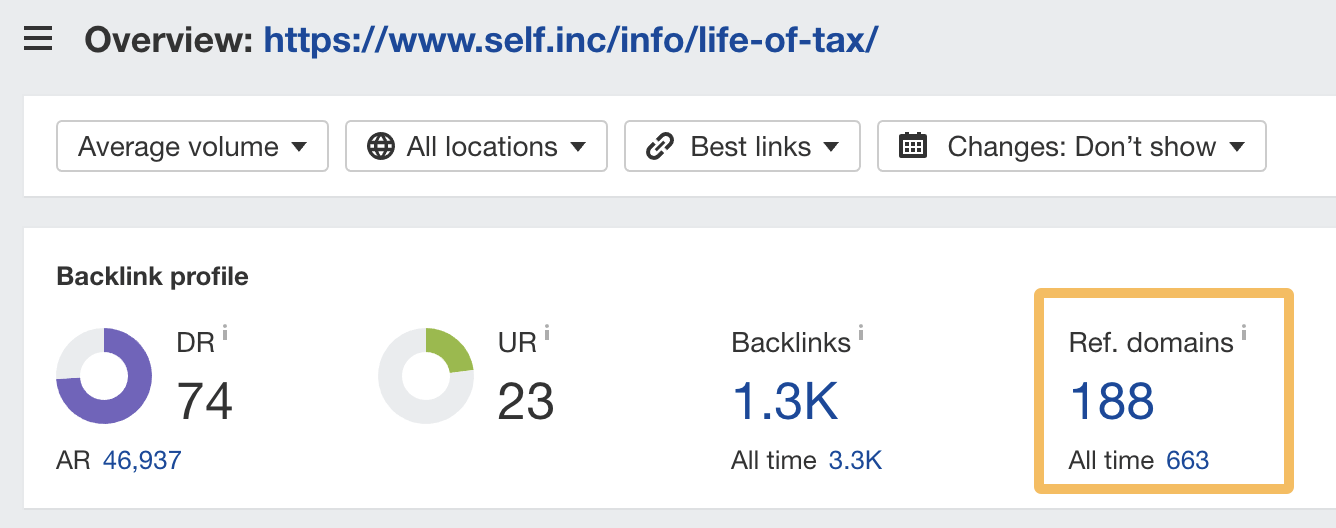
But relying on existing data isn’t always possible. Sometimes you have to go out and source your own data.
This might sound scary, but it doesn’t have to be…
For example, Amanda Walls, Head of SEO & Digital PR Cedarwood Digital, used simple freedom of information requests to compile data for this piece on the UK’s illegal vape hotspots:

This campaign earned links from 72 referring domains and got featured in many online newspapers:
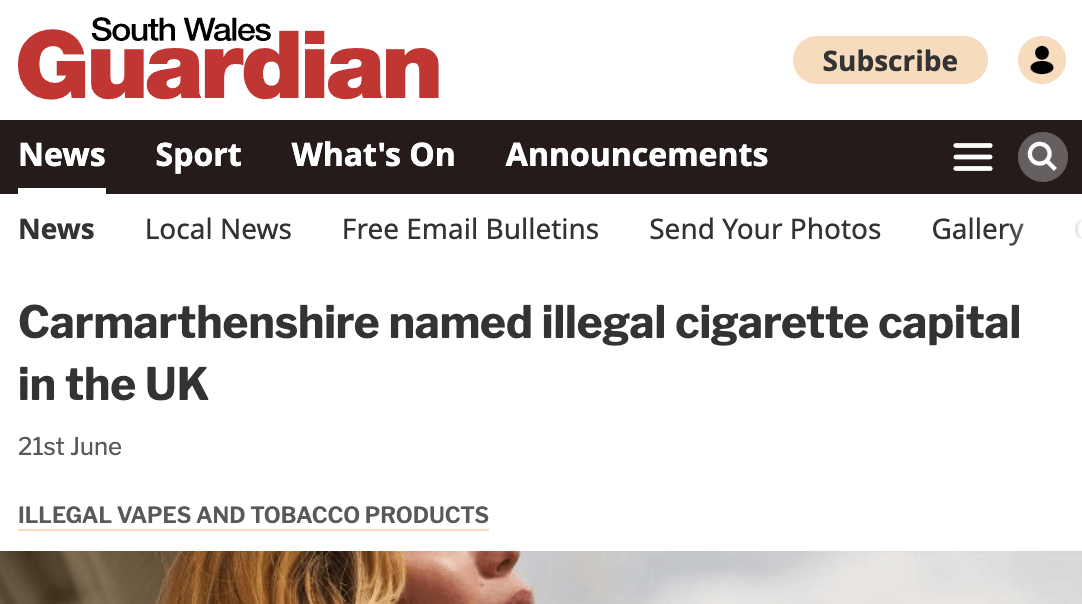
And if you’re not sure where (or how) to source data for your campaign, try asking ChatGPT:

Just make sure to publish everything you find on a journalist-friendly page with all your data, sources, methodology, and ideally some visual assets they can use.
Here are a few examples:
Now that you’ve pulled your data and have something interesting to share, it’s time to do that.
The best people to reach out to here will depend on the nature of your campaign and your data. For example, the “driving test index” campaign I mentioned earlier found that these are the best areas to pass your driving test:
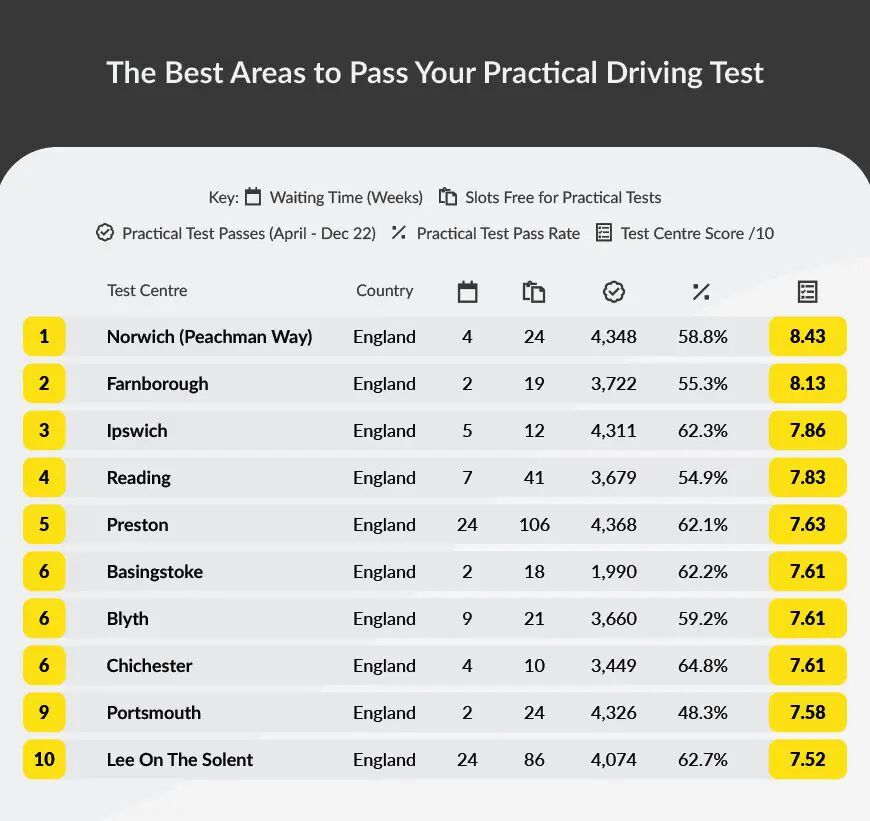
Journalists representing these areas are obviously who you should reach out to for this campaign…
Looking at the Backlinks report for this campaign in Ahrefs, it’s clear that this is exactly what the folks behind this campaign did, as one of the first links I see is this one from the Northumberland Gazette:
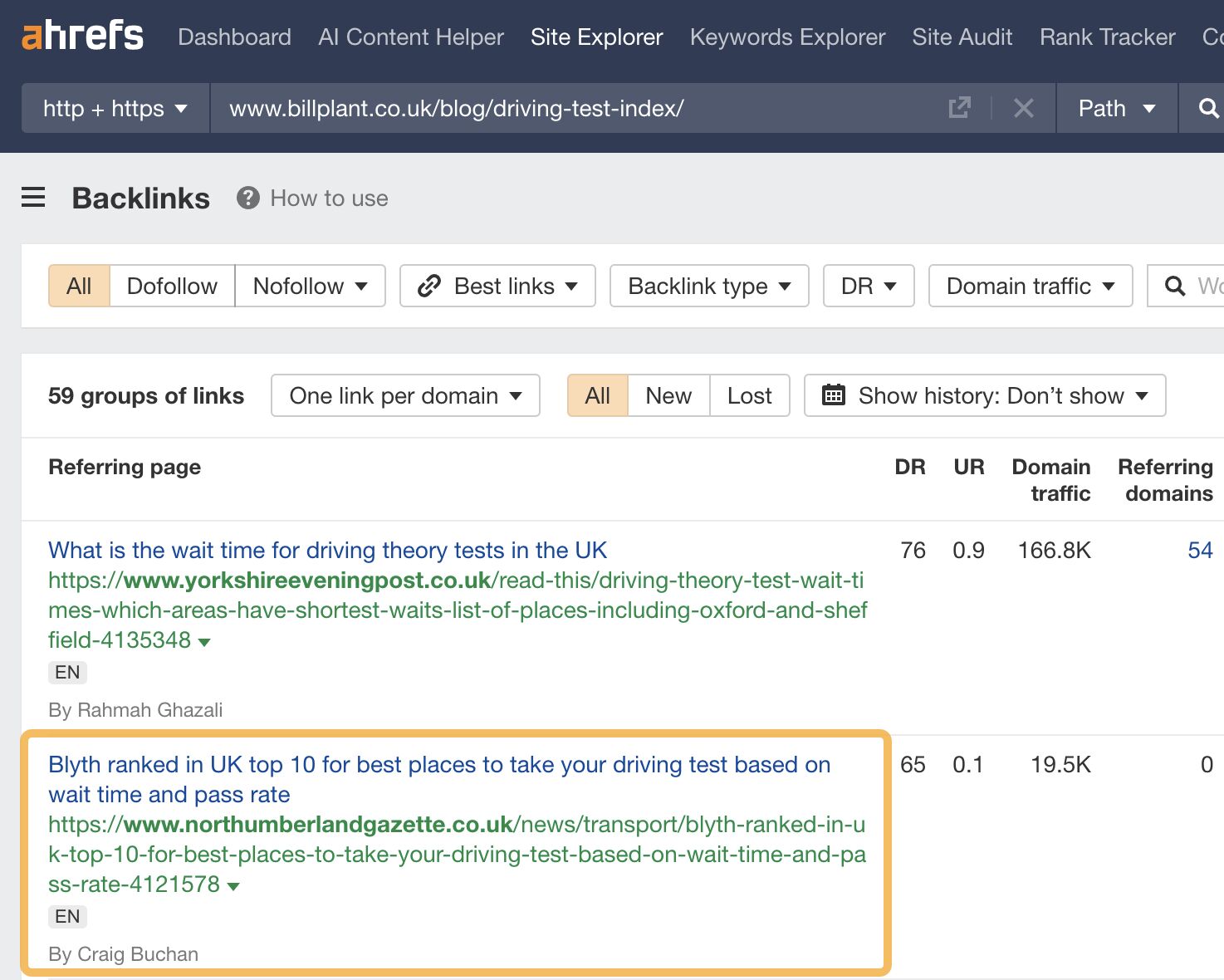
(Just FYI for anyone unfamiliar with UK geography, Blyth—one of the top places to pass your driving test, according to the data—is in Northumberland.)
How do you find these publications and journalists? It’s as easy as searching for [place name] newspaper…
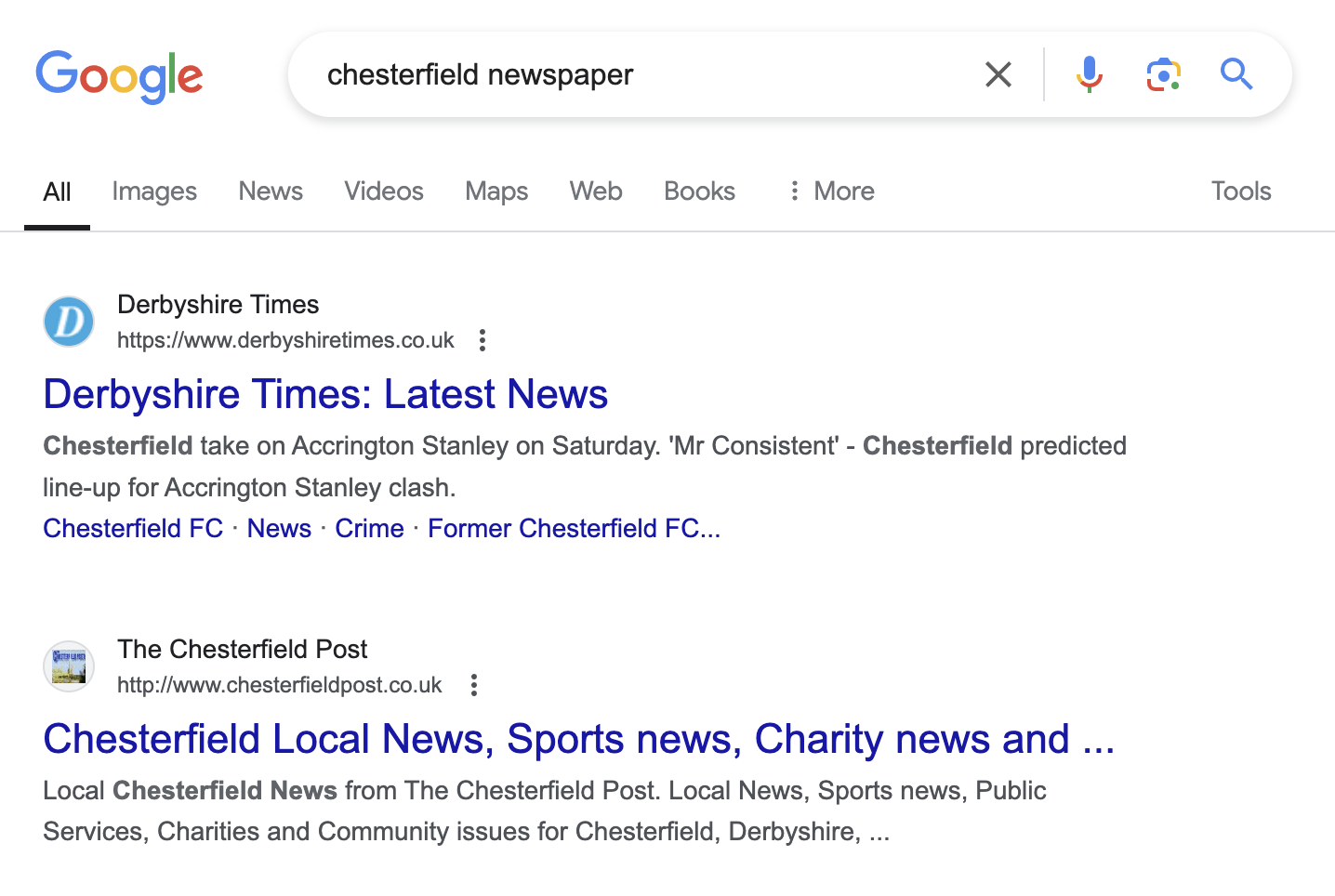
… then looking for names of journalists to contact:

If you click through to their profile, their email address (or at least social media profiles) will be listed—so it’s usually pretty easy to get in touch with them:

If that doesn’t work, try throwing their name and website into an email lookup tool like Hunter. (It doesn’t always work, but it’s worth a shot!)
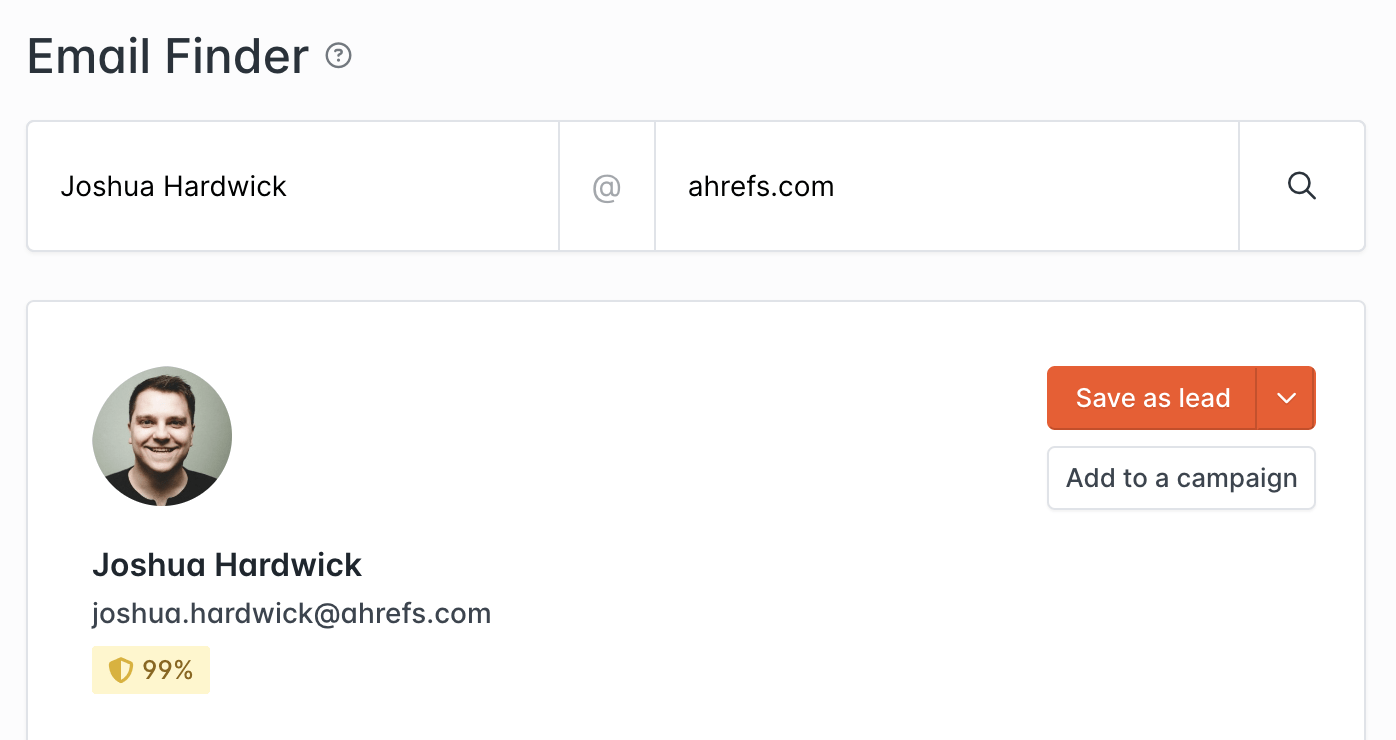
You can also plug any newspaper website into Content Explorer to find which journalists are currently the most active. Just sort the “Authors” tab by the number of pages published by the author in the last 30 days.
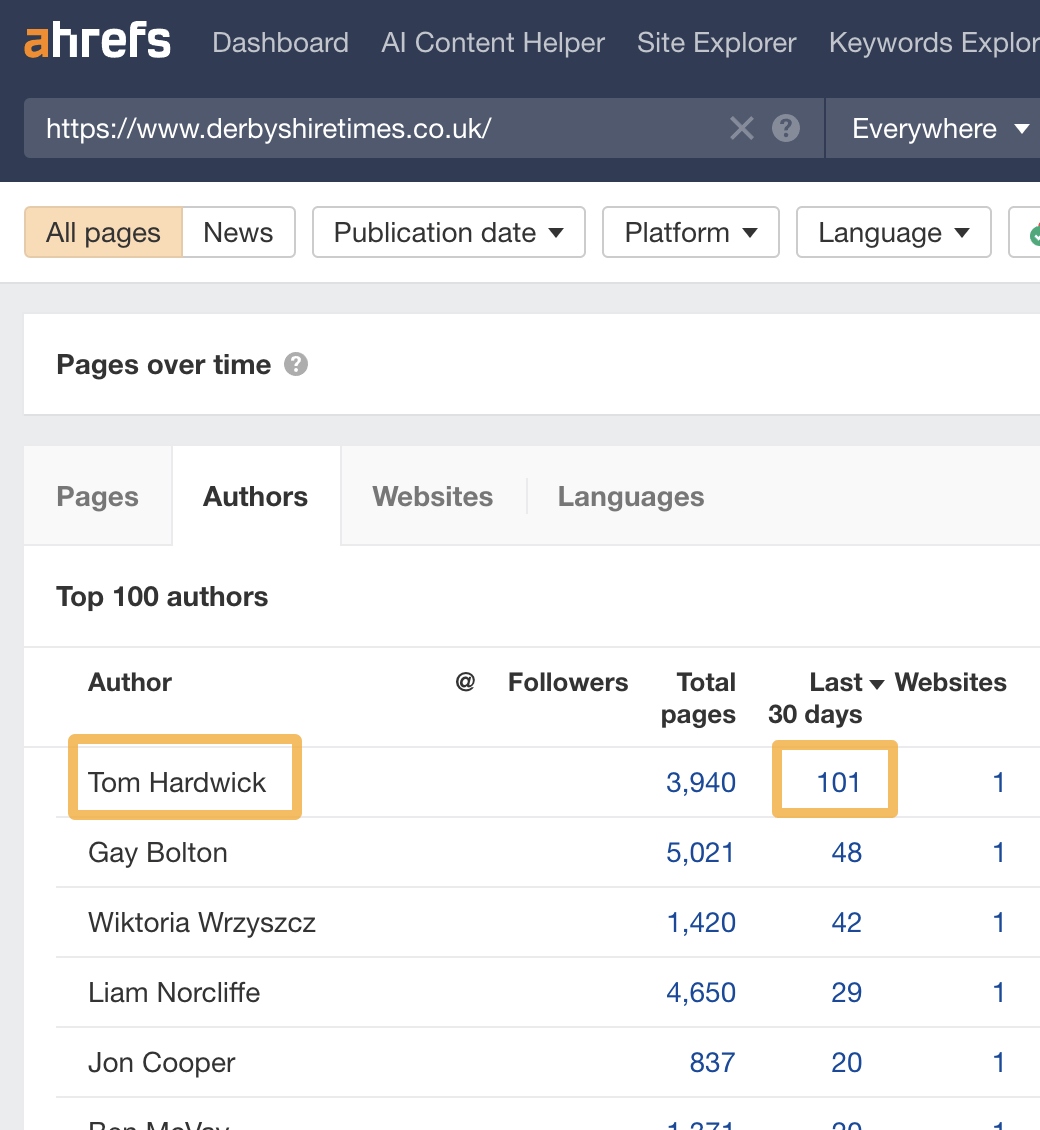
This can speed up discovery and ensure you’re not wasting time reaching out to journalists who no longer work for a publication or rarely write for them.
Here’s an example of the kind of email you should send, courtesy of Darren Kingman (Root Digital):
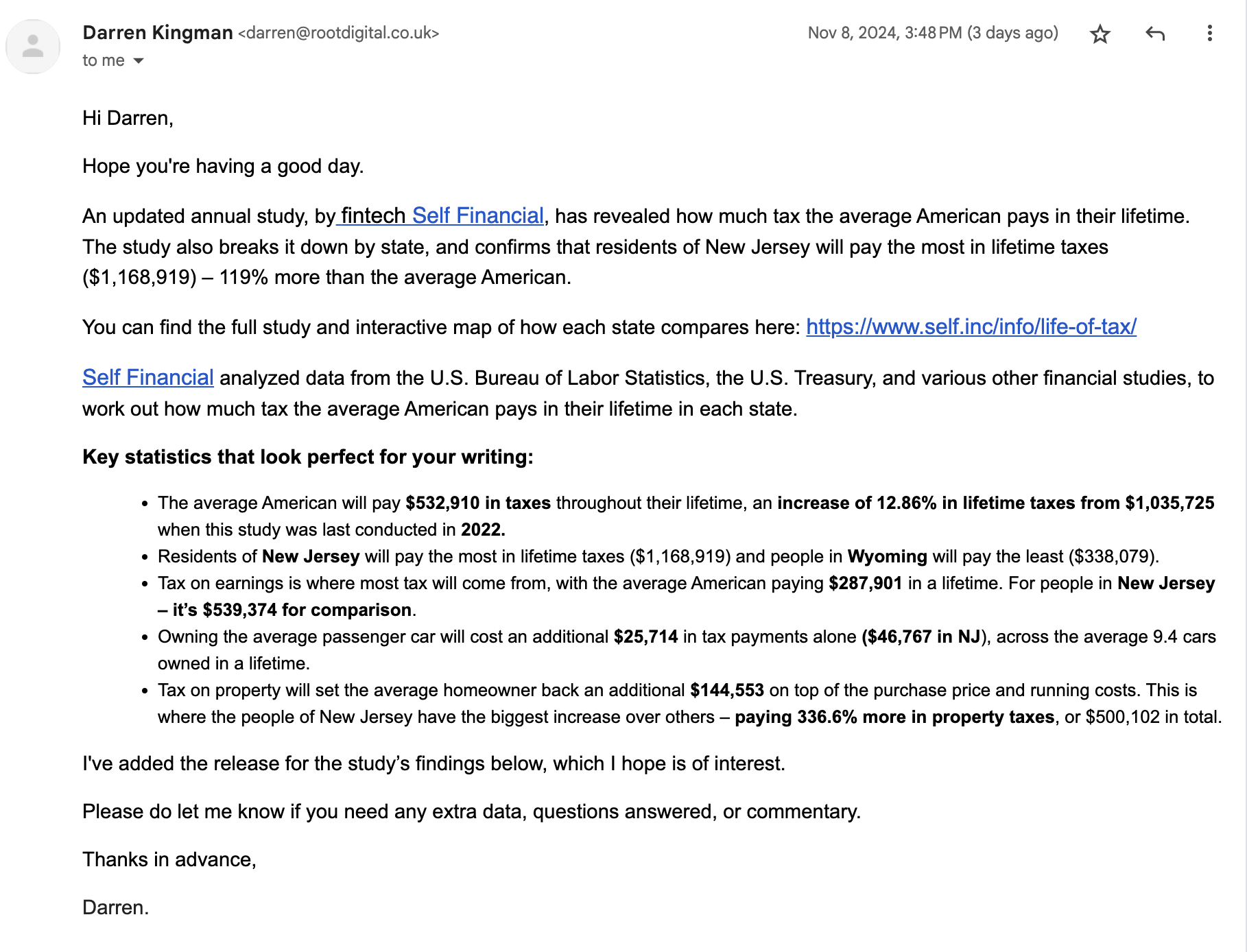
And another one from Amanda Walls (Cedarwood Digital):
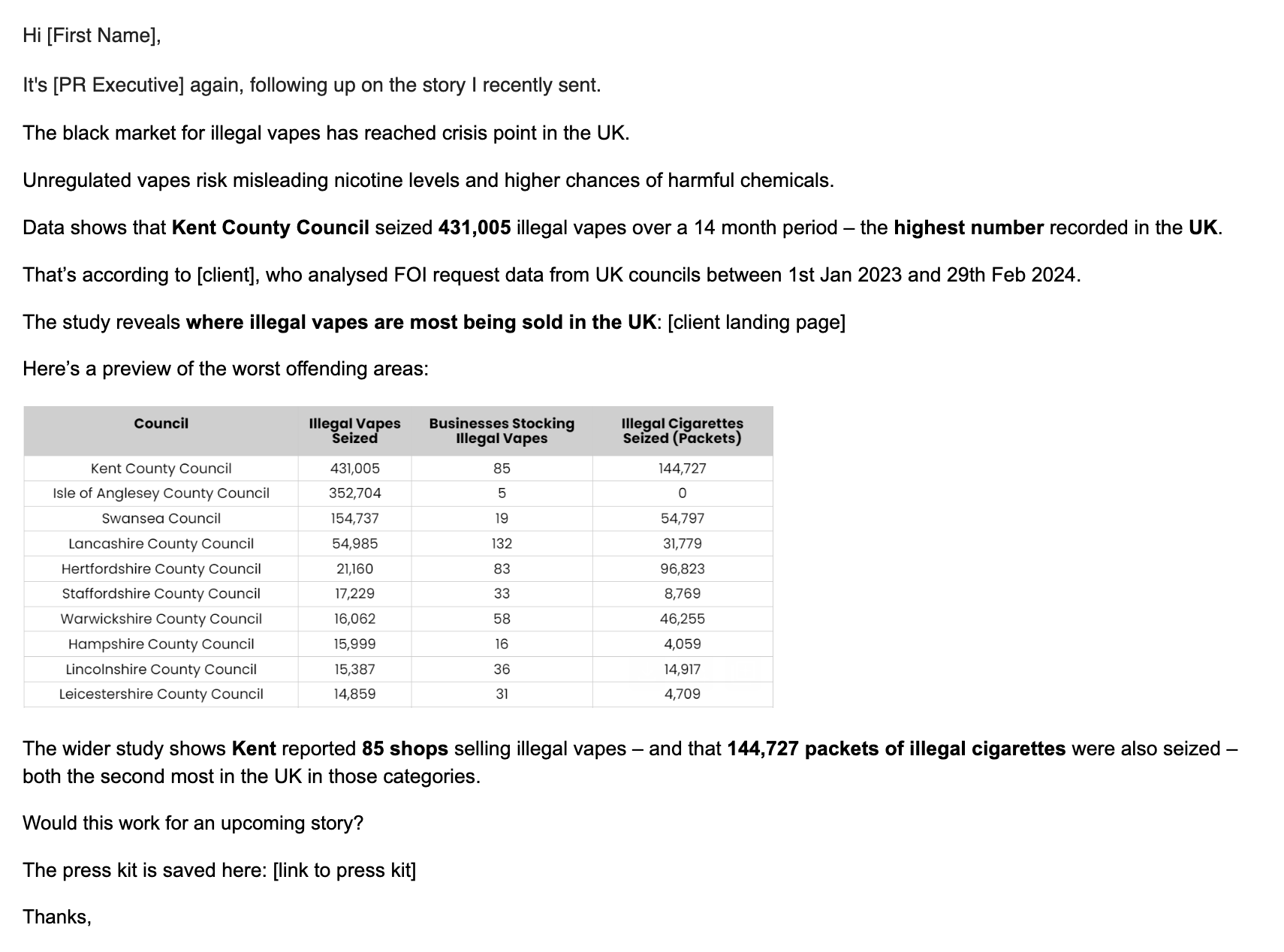
Did it work for you?
Let me know. I’d love to share more examples of this technique in action.
If it didn’t work for you, let me know that too! No technique works every time (it takes a bit of luck for sure), so I’m also interested in sharing flops.
Got questions? Ping me on X or LinkedIn.
I’m Manas Ranjan Sahoo: Founder of “Webtirety Software”. I’m a Full-time Software Professional and an aspiring entrepreneur, dedicated to growing this platform as large as possible. I love to Write Blogs on Software, Mobile applications, Web Technology, eCommerce, SEO, and about My experience with Life.




